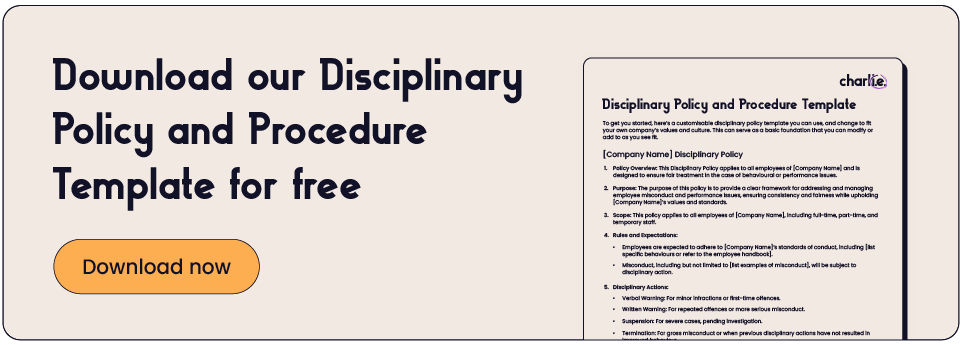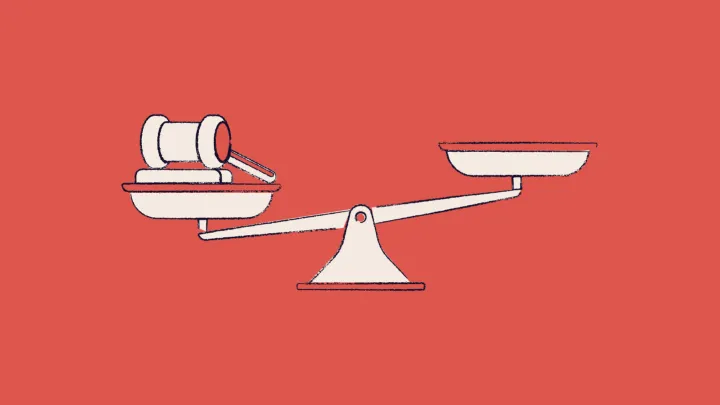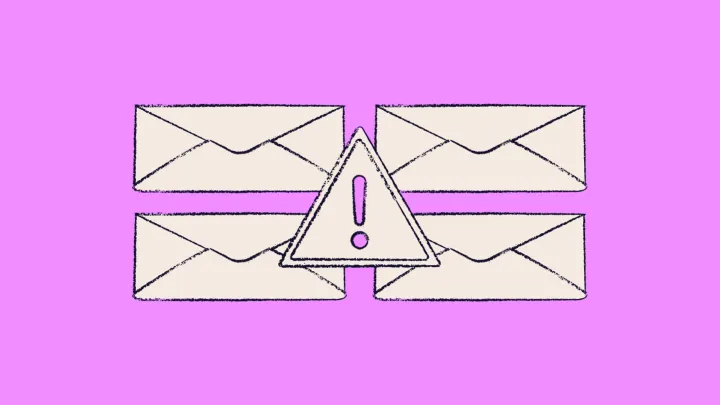Why you need a disciplinary procedure and how to make one (with template)
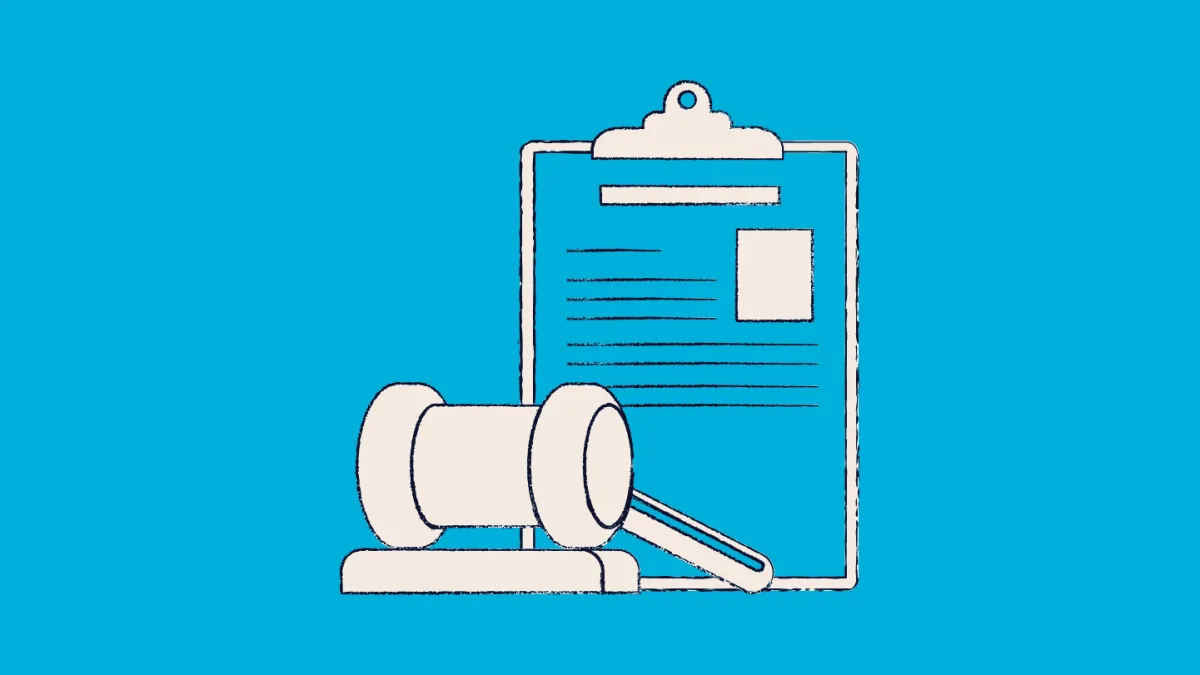
When you’re the leader of a small business, hard decisions sometimes have to be made.
When a team member is accused of employee misconduct, you have to strike a delicate balance between being fair and being kind, being just and being consistent, and above all staying above the law. That’s not an easy line to cross when people’s jobs and livelihoods are on the line.
The stakes become all the higher at a small business where everybody knows each other, works together side-by-side, interacts with each other in the office or on Slack, and where the interpersonal connections between people can reverberate through the whole company culture.
Over the years, I’ve become quite familiar with the ins and outs of making a disciplinary procedure that’s both compliant with UK employment law and reflective of your small business company culture. In this post, I’ll offer some insights on how it’s done, and even offer a template you can use to make your own.
Why You Need a Disciplinary Procedure and Policy for Your Business
A disciplinary procedure is a structured, systematised approach for handling issues related to employee misconduct and poor performance.
When an employee is harassing another, when an employee has been neglectful of their job duties, or when something more serious happens, your disciplinary policy helps make sure that every decision you make regarding disciplinary action is just, transparent, and applied to everyone.
The impact of disciplinary action for even a small infraction can be significant for a small business.
The more tight-knit relationships that team members have with each other at a small business make the outcomes of decisions regarding disciplinary action more emotionally challenging.
Many small business leaders lack formal HR training and may make mistakes regarding legal compliance even when they mean well.
Small business leaders also have to play multiple roles and have to switch hats at a given moment. Having a set disciplinary process in place helps to make your decisions fair balanced, and consistent in every similar case.
What should a disciplinary procedure address?
Your small business disciplinary policy is your framework to make decisions fair and clear when taking disciplinary action. Broadly, your disciplinary procedure will have a few key components.
1. Scope and Application
Your disciplinary procedure should be universally applied to everyone, to all employees, regardless of their position and tenure.
You should also tailor the disciplinary procedure to the different roles at your organisation, including those in probationary periods. That makes the expectations clear and specific regardless of the nature of a given role.
2. Rules and Expectations
The disciplinary policy ought to have clear rules and standards and spell out what is and what isn’t considered employee misconduct. That could be habitual tardiness rude behaviour, how many sick days is too many or more serious issues like harassment and misuse of company resources.
Give examples of common misconduct, like failure to follow safety protocols and using social media during working hours. The rules should leave no ambiguity about what is and isn’t considered appropriate work behaviour.
3. Consequences of Misconduct
Outline the range of disciplinary actions taken in response to different levels of infractions or misconduct - from informal warnings on the one end to employee termination or dismissal on the other.
The procedure should also specify under what circumstances each kind of disciplinary action is appropriate, and that the action taken matches the severity of the offence.
Summary of what a disciplinary procedure looks like
Preparing for the Disciplinary Hearing
Preparation is key when it comes to disciplinary hearing procedures. Here are the steps you’ll need to take to make sure the disciplinary process goes smoothly.
Gathering Evidence
Gather all relevant evidence and communication regarding the situation, including emails, performance reports, prepare investigation meetings questions, review witness statements, and any prior warnings issued. Organise it in chronological or thematic order.
Reviewing Company Policy
Make sure the disciplinary action you take is aligned with established policies and procedures to avoid any unfair disciplinary investigation that could lead to legal actions against your business. Review the employee’s contract and the handbook, and make sure the disciplinary action taken aligns with your existing policies and procedures.
2. Communicating With the Employee
Send a letter
When you decide that disciplinary action is necessary, send a formal letter to the employee. The letter should state:
- The date, time, and location of the hearing
- A detailed statement of the alleged misconduct or performance issues
- An overview of the evidence gathered
- Possible consequences of the hearing’s outcome
- The employee’s right to be accompanied by a representative, such as a colleague or a trade union representative
This gives the employee adequate time to prepare their case and make a statement in their defence.
Prepare the disciplinary hearing
When the time comes to hold the disciplinary meeting, you should choose an impartial panel of individuals not directly related to the incident. Set the stage in a neutral and private location. This is a discussion, not a tribunal. The aim is not to punish, but to determine whether action is necessary.
Outline the structure of the hearing. Present the evidence, and how the employee will be allowed to respond.
3. Final Preparations
Do a double-check to make sure the steps you’ve taken up until the hearing are in line with UK employment law, including consulting with an HR expert.
Try to approach the hearing with a calm and neutral demeanour. It’ll help make things go more smoothly if the situation is emotionally charged.
A disciplinary procedure and hearing can have different outcome and you should be aware of when to send a written warning and of how many written warnings before termination of the employee.
Disciplinary Policy and Procedure Template
To get you started, here’s a customisable disciplinary policy template you can use, and change to fit your own company’s values and culture. This can serve as a basic foundation that you can modify or add to as you see fit.
Disciplinary Policy and Procedure Template
[Company Name] Disciplinary Policy
1. Policy Overview: This Disciplinary Policy applies to all employees of [Company Name] and is designed to ensure fair treatment in the case of behavioural or performance issues.
2. Purpose: The purpose of this policy is to provide a clear framework for addressing and managing employee misconduct and performance issues, ensuring consistency and fairness while upholding [Company Name]'s values and standards.
3. Scope: This policy applies to all employees of [Company Name], including full-time, part-time, and temporary staff.
4. Rules and Expectations
- Employees are expected to adhere to [Company Name]'s standards of conduct, including [list specific behaviours or refer to the employee handbook].
- Misconduct, including but not limited to [list examples of misconduct], will be subject to disciplinary action.
5. Disciplinary Actions
- Verbal Warning: For minor infractions or first-time offences.
- Written Warning: For repeated offences or more serious misconduct.
- Suspension: For severe cases, pending investigation.
- Termination: For gross misconduct or when previous disciplinary actions have not resulted in improved behaviour.
6. Disciplinary Procedure
- Identification of Issue: [Name of supervisor/manager/HR representative] will identify and document the issue.
- Investigation: A thorough investigation will be conducted to gather all relevant facts.
- Meeting with Employee: The employee, [Employee’s Name], will be invited to a meeting to discuss the issue. The employee has the right to be accompanied by a representative.
- Decision: After reviewing all evidence and the employee’s input, a decision on disciplinary action will be made.
- Appeal Process: The employee has the right to appeal the decision within [time frame].
7. Documentation: All disciplinary actions will be documented and added to the employee’s personnel file.
8. Confidentiality: All disciplinary proceedings will be conducted with the utmost confidentiality to protect the privacy of all involved parties.
9. Policy Review and Amendments: This policy is subject to review and amendments to remain compliant with current employment laws and [Company Name]'s operational requirements.
10. Acknowledgment: I, [Employee’s Name], acknowledge that I have read, understood, and received a copy of [Company Name]'s Disciplinary Policy.
Employee Signature: _________________________
Date: _______________
Handling Disciplinary Appeals
Of course, your fellow team members and employees have the right to appeal your decision if they disagree with the fairness of the outcome.
You must communicate that right to appeal to employees as soon as they are informed of the charges brought against them. That right is central to the fairness of the disciplinary appeal process.
Responding to an Appeal
When you receive an appeal, it’s best to respond to it sharpish. Confirm receipt of the appeal and the timeline for the review process, and let the employee know when they should hear back with a decision.
Conducting a Fair Review
Give a thorough assessment of the original disciplinary action taken. Examine any new evidence brought to the case, or new arguments presented.
Communicating the Outcome
When you decide on the appeal, tell them why. Communicate the decision transparently and fairly to the employee, and explain the thought process.
Whether you uphold the original decision, modify the disciplinary action, or overturn the original decision altogether, let them know.
Lastly, document the outcome and the reasons behind the decision.
Create a Disciplinary Procedure That’s Fair, Transparent, and Effective
Being fair while also making tough decisions is tricky in a small business. Having a disciplinary procedure helps keep the rules clear and that they are fairly applied across your whole team.
Refining your disciplinary procedure is an iterative process. You don’t make rules set in stone, you make changes to a living, breathing document as you learn and go along.
Getting advice from a seasoned HR expert can do wonders in making a disciplinary procedure and policy that works, and works for your business. If you need help making a disciplinary policy for your employee handbook, get in touch with an HR advisor and I or another HR professional can help you with your specific needs and challenges.
Aligning your Disciplinary Procedures with Company Culture
The culture of your small business is the total of all the little decisions, interactions, and day-to-day practices that take place within your organisation. The disciplinary procedure is a tool for governance, but it also reflects what your small business stands for.
Your disciplinary policy should reflect your values, and be a living document that reflects the values of your business.
Consider involving your team members in the development of your disciplinary policy. You can take surveys, hold internal team meetings, and host workshops where employees can voice their thoughts and opinions. Your employees are more likely to follow a procedure that they helped shape.
Addressing Small Business-Specific Challenges for your Disciplinary Procedure
At a small business, the person in charge of executing HR procedures likely falls to just you, or perhaps a single HR professional who serves as a one-person HR team for your whole business.
In cases like that, having dedicated HR software to keep you documented. Charlie has a document storage solution where you can upload the disciplinary policy you make and have it accessible to everyone on the team. That way, everyone knows what the rules are.
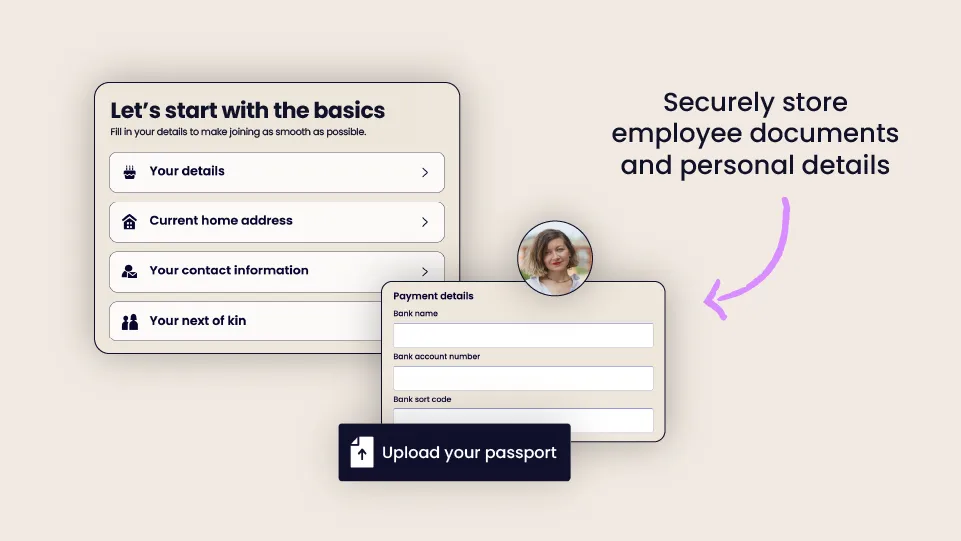
There are some other things to be aware of in a small business context as well:
- Training for Impartiality: At a small business, everyone knows each other. That makes it tricky to make fair, objective decisions when the people deciding who gets reprimanded are the same people who chit-chat during their coffee breaks. Provide your managers with training on how to stay impartial in situations like this
- Creating a Culture of Fairness: Having open workshops about the importance of fairness and objectivity in the workplace can help ground your disciplinary procedure on facts, feelings and relationships
- Update and Review Your Policies: Periodically audit your procedure to make sure that it’s in line with UK employment law, and stay up-to-date about any changes in employment law that could impact your disciplinary procedures
